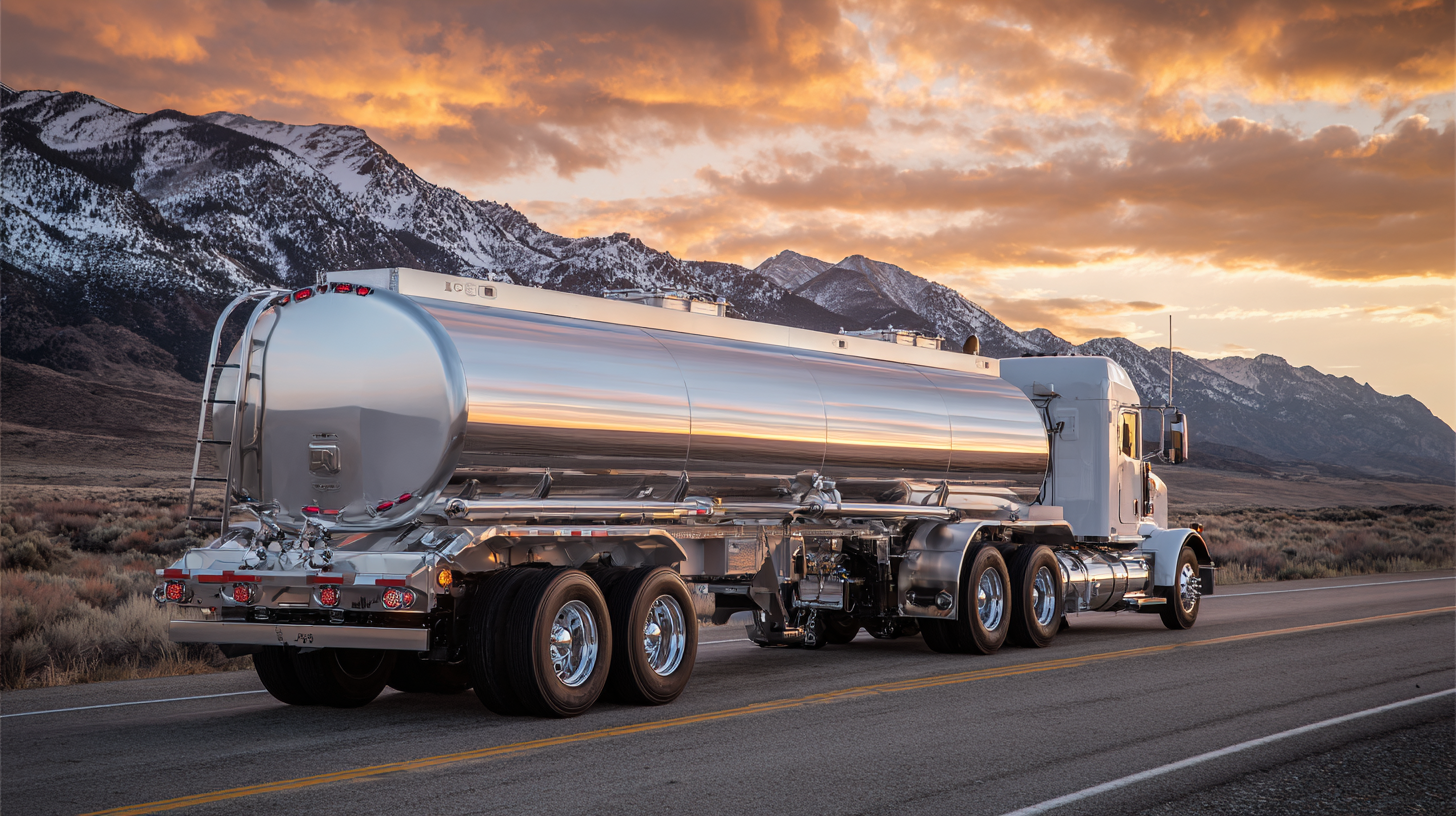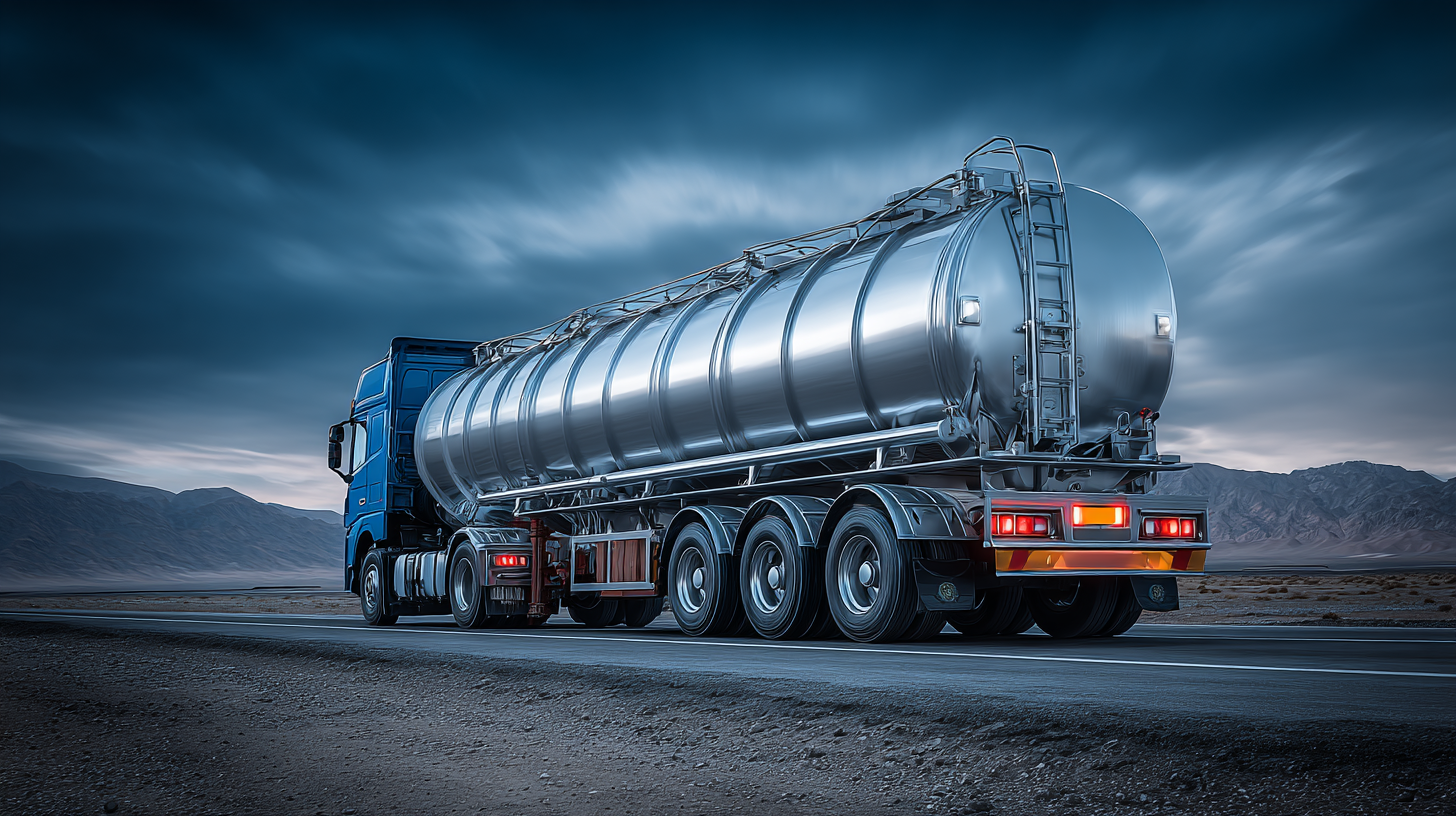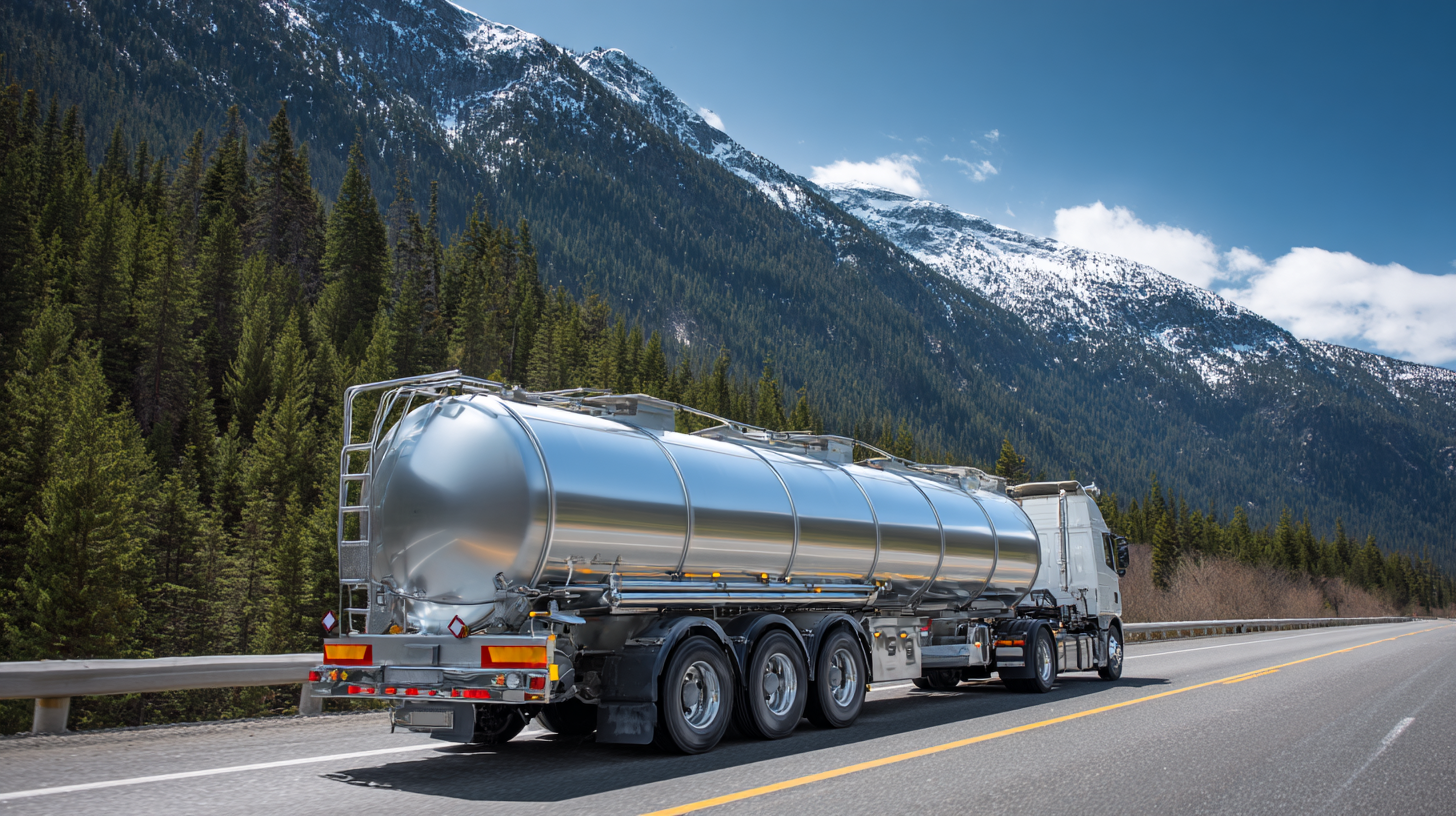- Home
- >
- Knowledge Center
- >
- Blogs
Blogs
Sharing knowledge is key to an innovative and healthy industry! This knowledge center is therefore a central place on our website to share information. Read all about our industry in the blogs below!
Future Trends in Trailer Tank Markets Through 2025 Insights and Predictions
As the global demand for efficient transportation of liquids continues to rise, the trailer tank market is experiencing significant transformations, particularly reflecting the trend of "Made in China, Quality Upgrade, Selling Worldwide." According to a recent report from MarketsandMarkets, the trailer tank market is projected to grow at a CAGR of 5.3% through 2025, driven by increasing logistics activities and advancements in manufacturing technologies. China's trailer tank manufacturing sector is evolving, focusing on innovative designs and enhanced safety features, catering to diverse applications ranging from agriculture to industrial use. This shift not only underscores the importance of quality in production but also highlights China's strategic role in the global market.

As we delve into future trends and predictions, it is essential to consider these dynamics shaping the trailer tank industry and their implications for manufacturers and consumers alike.
Key Market Drivers Influencing Trailer Tank Demand Through 2025
The trailer tank market is poised for robust growth through 2025, driven by several key factors that are influencing demand. Recent data indicates that the tank trailers market is expected to grow steadily at a CAGR of 3.59%, reaching a valuation of USD 9.67 billion by 2034. This growth is primarily fueled by an uptick in the transportation of liquids, especially as industries seek efficient solutions for their supply chains. Additionally, the rising demand for environmentally friendly transport options is prompting a shift towards sustainable practices in the industry.
Tips for maximizing trailer tank efficiency include implementing regular maintenance checks to enhance performance and reduce operational costs. Operators should also consider investing in advanced tracking technologies to optimize load management and route efficiency, further driving profitability. As the industry wrestles with labor challenges, focusing on driver retention becomes critical. Monitoring industry trends, such as the fluctuations in the owner-operator headcount, can provide insightful data for creating effective workforce strategies that attract and retain talent.
With the trailer leasing services market also gearing up for expansion, companies must stay agile and adapt to market shifts. Exploring strategic partnerships and understanding consumer preferences will be vital in navigating the evolving landscape and positioning themselves favorably for future developments.
Future Trends in Trailer Tank Markets Through 2025
The chart below illustrates the projected growth of trailer tank demand from 2023 to 2025 across key market segments. The data reflects insights on market drivers such as increased logistics needs and environmental regulations.
Emerging Technologies Shaping the Future of Trailer Tank Manufacturing
The trailer tank manufacturing industry is on the brink of a technological revolution, driven by innovations that promise to enhance efficiency, safety, and sustainability. Emerging technologies such as advanced materials and automated production processes are set to reshape how these essential transport solutions are designed and built. Lightweight composites, for instance, are being increasingly utilized to reduce the overall weight of trailer tanks, leading to improved fuel efficiency and higher payload capacity. Furthermore, the integration of IoT devices within trailer tanks allows for real-time monitoring of cargo conditions and tank performance, ensuring better compliance with safety regulations and reducing the risk of spills and accidents.

As we look toward 2025, digitalization will play a pivotal role in the evolution of trailer tank manufacturing. The adoption of Industry 4.0 principles, including artificial intelligence and machine learning, will enable manufacturers to optimize production schedules, predict maintenance needs, and enhance quality control measures. Virtual reality (VR) and augmented reality (AR) technologies may also revolutionize the design process, allowing for immersive simulations that facilitate rapid prototyping and testing. This wave of innovation not only promises to make trailer tanks more reliable and efficient but also sets the stage for sustainable practices, aligning the industry with global standards for environmental stewardship.
Regulatory Changes Impacting Trailer Tank Industry Trends and Compliance
 The trailer tank industry is experiencing significant transformations, driven largely by regulatory changes that impact compliance standards and operational practices. As governments worldwide prioritize environmental protection and safety, new regulations are being introduced that require trailer tank manufacturers and operators to adapt their designs and processes. This includes stricter emission controls, enhanced safety measures, and the implementation of advanced materials to prevent leaks and spills. The implications of these regulations encourage companies to innovate and invest in technology that ensures compliance while improving efficiency and performance.
The trailer tank industry is experiencing significant transformations, driven largely by regulatory changes that impact compliance standards and operational practices. As governments worldwide prioritize environmental protection and safety, new regulations are being introduced that require trailer tank manufacturers and operators to adapt their designs and processes. This includes stricter emission controls, enhanced safety measures, and the implementation of advanced materials to prevent leaks and spills. The implications of these regulations encourage companies to innovate and invest in technology that ensures compliance while improving efficiency and performance.
In addition to environmental regulations, changes in transportation laws are also reshaping the trailer tank market. The push for stricter compliance related to the transportation of hazardous materials necessitates better training for drivers and enhanced monitoring of tank conditions. Companies will need to ensure that their fleets are not only compliant with current regulations but also prepared for anticipated updates. Thus, transitioning to a proactive approach in regulatory compliance can help organizations maintain a competitive edge in the evolving trailer tank landscape while minimizing risks and maximizing safety.
Sustainability Practices and Their Role in Trailer Tank Market Growth
As we look towards 2025, sustainability practices are becoming central to the growth of the trailer tank market. Companies are increasingly focusing on eco-friendly solutions to meet both regulatory demands and customer expectations. The rise in environmental awareness is prompting manufacturers to innovate, leading to the development of trailer tanks made from recyclable materials and those designed to reduce emissions. This shift not only enhances market competitiveness but also contributes to a greener economy.
Tips for embracing sustainability in your trailer tank operations include prioritizing efficient designs that minimize waste, integrating bio-based materials when feasible, and implementing regular maintenance schedules to ensure longevity of the tanks. Eco-friendly practices, such as optimizing load capacity to reduce fuel consumption, can significantly lower operational costs and align with sustainable goals.
Additionally, investing in new technologies, such as smart monitoring systems that leverage IoT, can provide real-time data on tank performance and environmental impact. This not only enhances efficiency but also ensures compliance with sustainability standards. By adopting these practices, businesses can position themselves favorably in an evolving market that increasingly values environmental responsibility.
Competitive Landscape: Key Players and Strategies in Trailer Tank Sector
The trailer tank market is projected to experience steady growth, with a compound annual growth rate (CAGR) of 3.59%, ultimately reaching an estimated USD 9.67 billion by 2034. This growth is indicative of a robust demand for tank trailers, driven by industrial needs across various sectors, including transportation and agriculture. As companies respond to the evolving landscape, key players are likely to focus on optimization of their fleets and the incorporation of advanced technologies to improve efficiency and reduce costs.
In addition, the hydrogen tanks market is anticipated to reach USD 3.78 billion by 2030, reflecting increasing investments in hydrogen infrastructure and the growing emphasis on cleaner fuel alternatives. The competitive landscape of the trailer tank sector is characterized by strategic partnerships and technological advancements, as companies aim to capture market share and address the rising demand for sustainable transport solutions. Continuous innovation will remain a crucial strategy for businesses looking to thrive in this dynamic environment.
